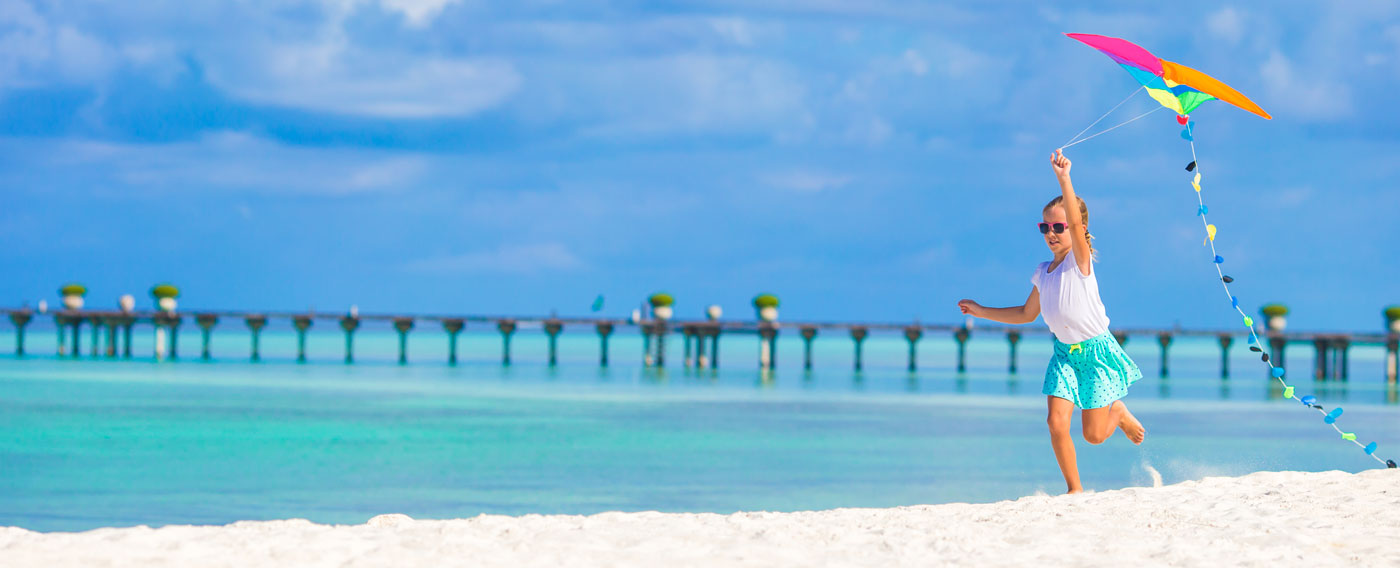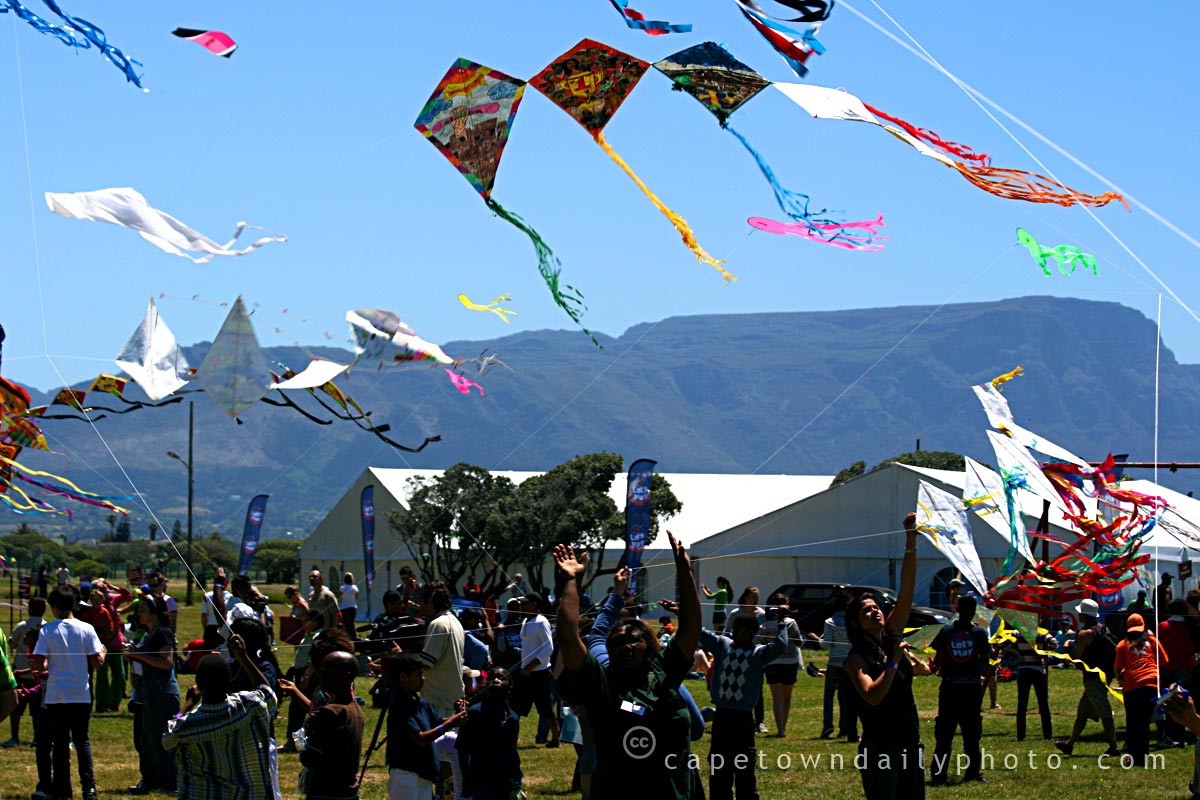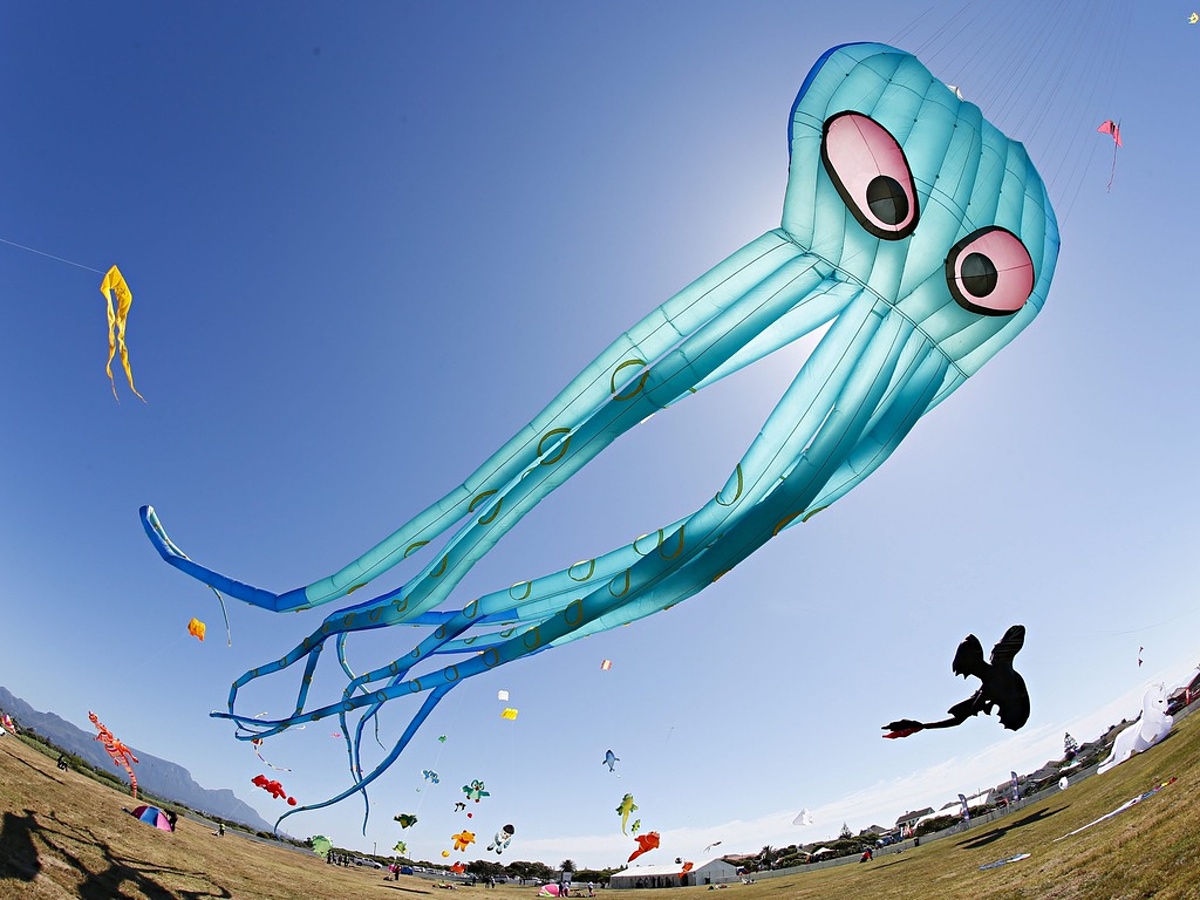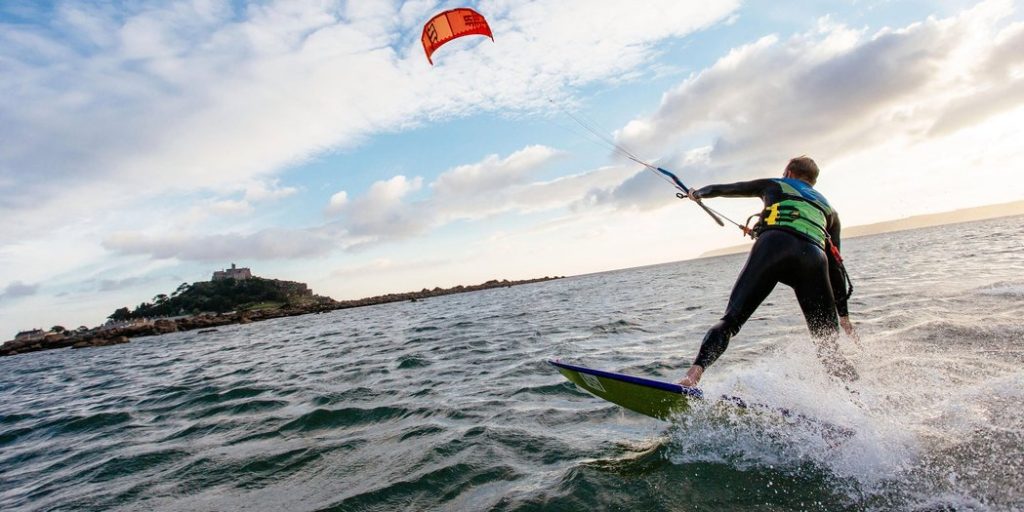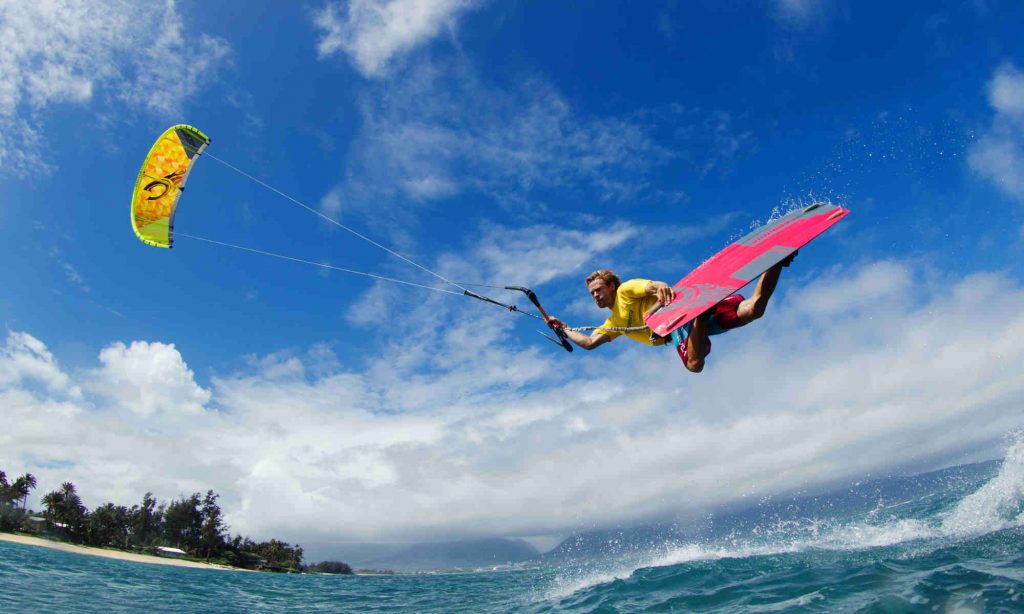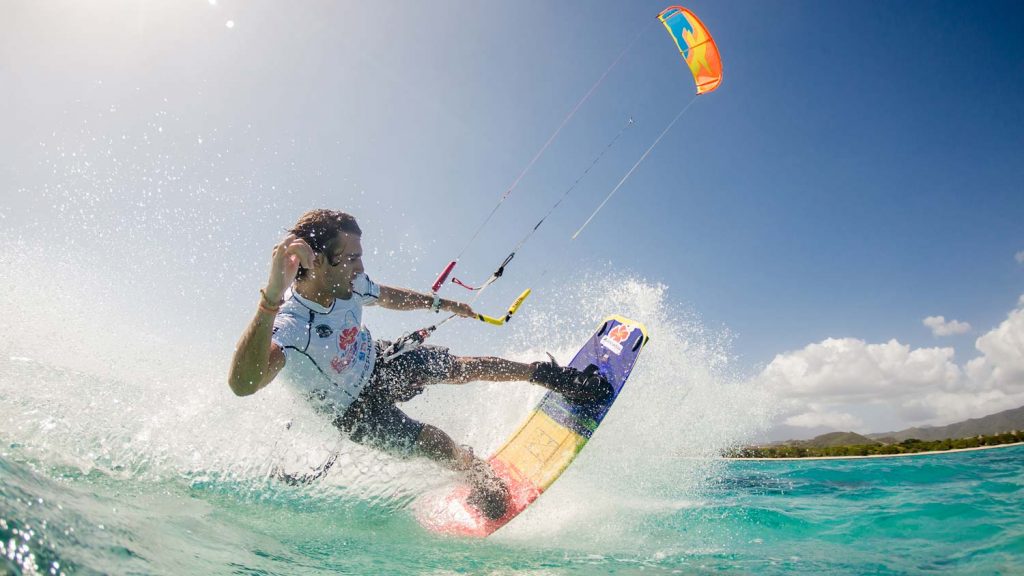
Kitesurfing is an exhilarating sport that demands physical strength, flexibility, and mental focus. As kiteboarders, we often push our bodies to the limits, harnessing the wind and waves to glide across the water. However, with this excitement comes the need for balance and recovery. Yoga offers the perfect complement to kitesurfing, providing both physical conditioning and mental relaxation. Whether you’re a seasoned kitesurfer or just starting out, integrating yoga into your routine can enhance your performance and prevent injuries. Here’s how to get started on your yoga journey:
1. Understand Your Goals:
Before rolling out your mat, take a moment to consider why you want to incorporate yoga into your kitesurfing regimen. Are you aiming to increase flexibility, improve core strength, or find mental clarity? Understanding your goals will help you tailor your yoga practice to complement your kitesurfing needs.
2. Start with the Basics:
If you’re new to yoga, begin with foundational poses and sequences. Focus on alignment and breath awareness. Poses like Downward Facing Dog, Warrior poses, and twists can help stretch tight muscles, improve balance, and build strength in areas crucial for kitesurfing, such as the legs, core, and shoulders.
3. Embrace Flexibility and Mobility:
Flexibility is key in kitesurfing, especially for maneuvers that require agility and balance on the board. Yoga postures like Pigeon Pose, Forward Folds, and Seated Twists can help release tension in the hips, hamstrings, and lower back, enhancing your range of motion and preventing stiffness after long sessions on the water.
4. Build Core Strength:
A strong core is essential for stability and control in kitesurfing. Incorporate poses that engage the abdominals and lower back, such as Boat Pose, Plank variations, and Leg Lifts. These poses not only strengthen your core but also improve overall body awareness and control.
5. Focus on Balance and Coordination:
Yoga poses challenge your balance and coordination, skills that directly translate to kitesurfing. Practice balancing poses like Tree Pose, Eagle Pose, and Warrior III to develop steadiness and poise both on and off the water.
6. Cultivate Mental Focus and Relaxation:
Kitesurfing requires intense concentration and quick decision-making. Yoga offers tools such as Pranayama (breath control) and Meditation to calm the mind, increase focus, and reduce stress
. Incorporate these practices into your routine to enhance your mental resilience and clarity.
7. Listen to Your Body:
As kitesurfers, we are often attuned to our bodies’ signals—know when to push yourself and when to rest. Yoga is a practice of self-awareness and self-care. Respect your body’s limits and practice with mindfulness to avoid overexertion and injuries.
8. Stay Consistent:
Like kitesurfing, consistency is key to progress in yoga. Aim for regular practice, even if it’s just a few minutes each day. This will help you build strength, flexibility, and mental resilience over time.
9. Seek Guidance:
Consider attending a yoga class or working with a qualified instructor, especially in the beginning. They can provide personalized guidance, correct alignment, and offer modifications to suit your individual needs and goals.
10. Enjoy the Journey:
Yoga is a journey of self-discovery and growth. Embrace the process, celebrate small victories, and enjoy the physical and mental benefits that yoga brings to your kitesurfing practice and overall well-being.
By integrating yoga into your routine as a kitesurfer, you’re not only enhancing your physical capabilities but also nurturing a deeper connection between body and mind. So, roll out your mat, breathe deeply, and let yoga enrich your kitesurfing journey like never before. Happy practicing!


